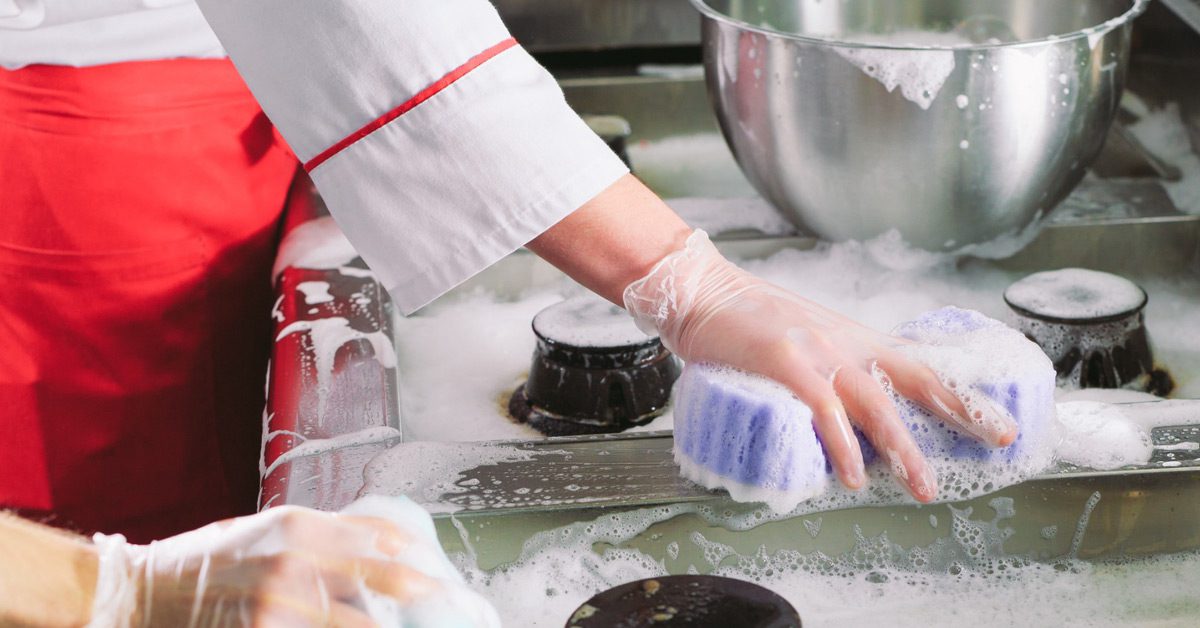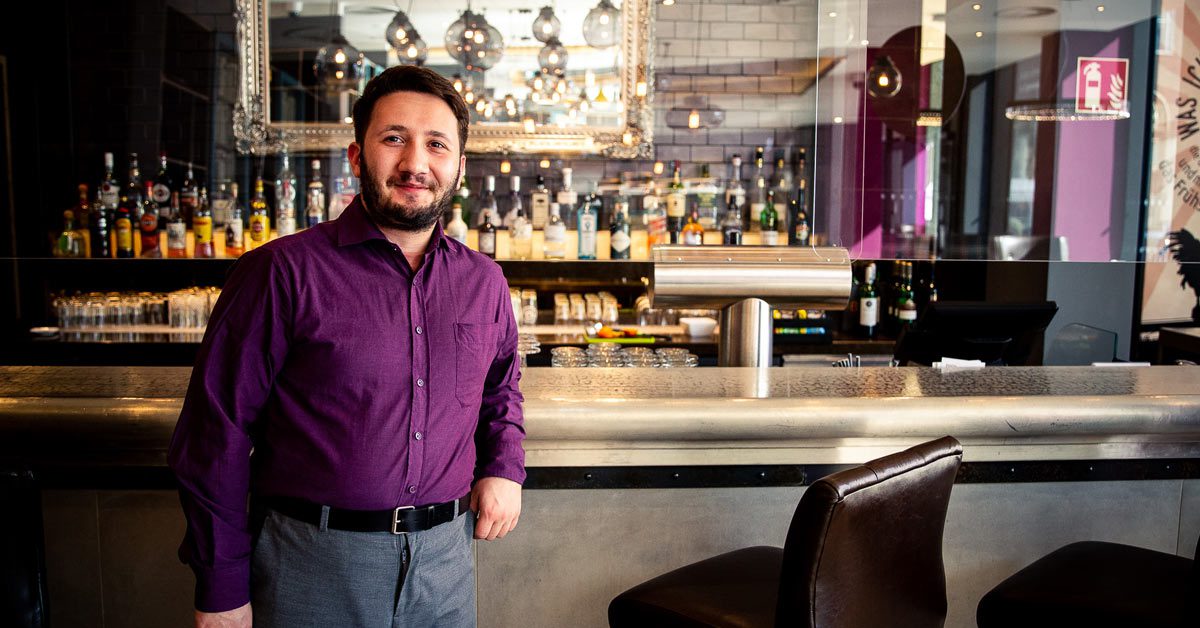On the outside, restaurants are fun and inviting places to work at but they can also be associated with stress and long, fast-paced shifts. When it comes to identifying hazards and risks inside the workplace, slippery floors that can cause falls or burns from a hot stove or plate are typically what come to mind. In the past few years and largely due to the COVID-19 pandemic, employers have put increasing importance on employees’ health and well-being. Physical and mental health have been prioritised now more than ever before, an action which has shone a light on several workplace issues that previously went unnoticed.
It is important to keep in mind that even cleanup and prep work can pose risks to restaurant workers. Products such as soaps, cleansers, degreasers and sanitisers often contain hazardous chemicals that can affect your employees’ health. In fact, according to the HSE, employers are required by law to protect workers from exposure to harmful substances.
In this article, we will be focusing on the 5 main examples of chemical hazards that employees are exposed to in a restaurant and how Shoes For Crews can support your team.
1. Corrosive chemicals
Any time chemicals of any kind are used in restaurants, managers must adhere to the Control of Substances Hazardous to Health (COSHH). All hazardous substances are required to include specific documents regarding the safe use, handling and storage of these chemicals by law.
Sulfuric acid is used in acidic drain cleaners and can also be found to dissolve grease, and bacteria buildup. Sodium hydroxide is a chemical that is used primarily in oven cleaners. If contact or ingestion occurs, both chemicals can cause damage to the skin, eyes and lungs.
A way to avoid contact with corrosive chemicals is to utilise automated dispensers, which will help reduce employee exposure to commercial kitchen chemicals. These machines will help ensure the proper chemical concentration is dispensed.
2. Cleaning chemicals
Another example of a chemical hazard is cleaning products. These are products that are used in almost every workplace to uphold proper hygiene and sanitation standards. The most common chemicals used are: chlorine, ammonia and iodine. The incorrect use of cleaning chemicals can result in skin irritations, infections, burns and respiratory problems. Soaps and detergents can cause irritation when coming into contact with hazardous chemicals while having broken skin can be infected or inflamed.
Define best work practices to help avoid or minimise contact with harmful substances. Store cleaning products safely, specifically on sturdy shelves and behind locked doors.





